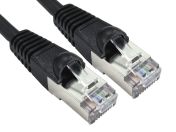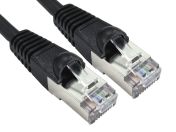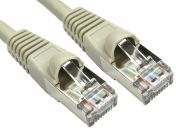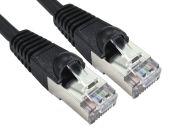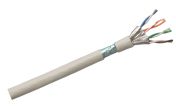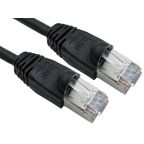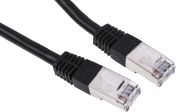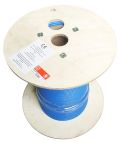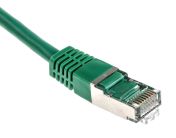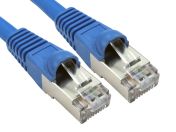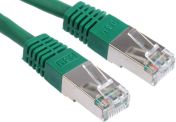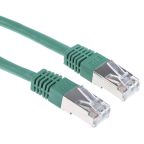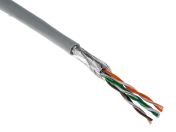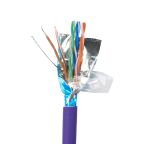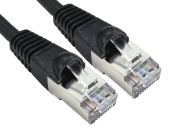Ethernet Cable
Ethernet cables, also known as network cables or LAN cables are cables used to provide an internet connection and allow you to connect to the local area network (or LAN). The cables connect to ethernet ports to enable the transmission of high-speed data and information between devices such as computers, gaming consoles, modems, routers, and switches. You can find more information in our ultimate Ethernet cable guide.
We offer a large selection of quality brands including durable cables from Belden, British-manufactured HellermannTyton Connectivity, industrial specialists HARTING, StarTechand our very own RS PRO offering great quality without compromise.
Types of Ethernet Cables Available
There are several different specifications of ethernet cables, they are classified by their transmission speed and maximum bandwidths, known as a category or 'Cat' for short.
- Cat 5 Cable: supports a speed of 100 Mbps for up to 100m with a max bandwidth of 100MHz.
- Cat 5e Cable: the most commonly used Ethernet cable, supporting data transfer speeds of up to 1 Gbps, suitable for most home and small office network applications.
- Cat 6 Cable: handles higher data transfer speeds, up to 10 Gbps over shorter distances.
- Cat 6a Cable: also known as Cat 6 Augmented, offers higher data transfer speeds of up to 10 Gbps over longer distances than Cat 6 cables.
- ****Cat 7 Cable: designed for high-speed networking, offering data transfer speeds up to 10 Gbps.
- Cat 8 Cable: supports extremely high-speed data transfer, with rates of up to 25 or 40 Gbps over shorter distances.
- Shielded cables:provide additional protection against electromagnetic interference (EMI). They are built for burial or outdoor usage and boast water and animal resistance.
- Crossover cables: used to connect two similar devices directly without a router or switch.
Why Choose RS?
- **Large Range of In-Stock Items **ensuring you find what you need when you need it.
- Comprehensive Datasheets For informed selection.
- Technical Support is available to assist with any queries.
- In-store Collection Where available.
- Fast & Free Delivery On eligible orders.
- Eco-Friendly Options Such as our Better World range.
